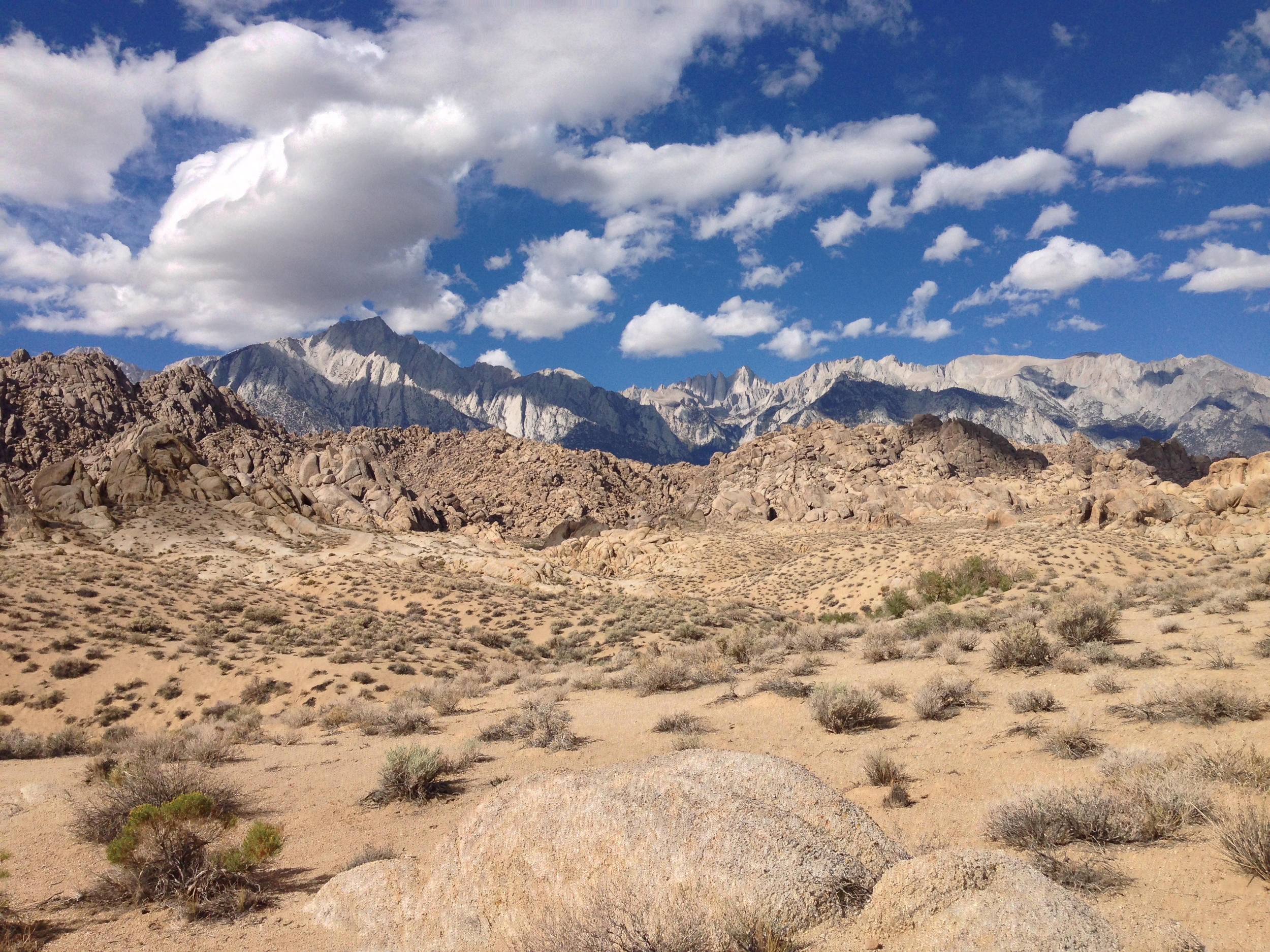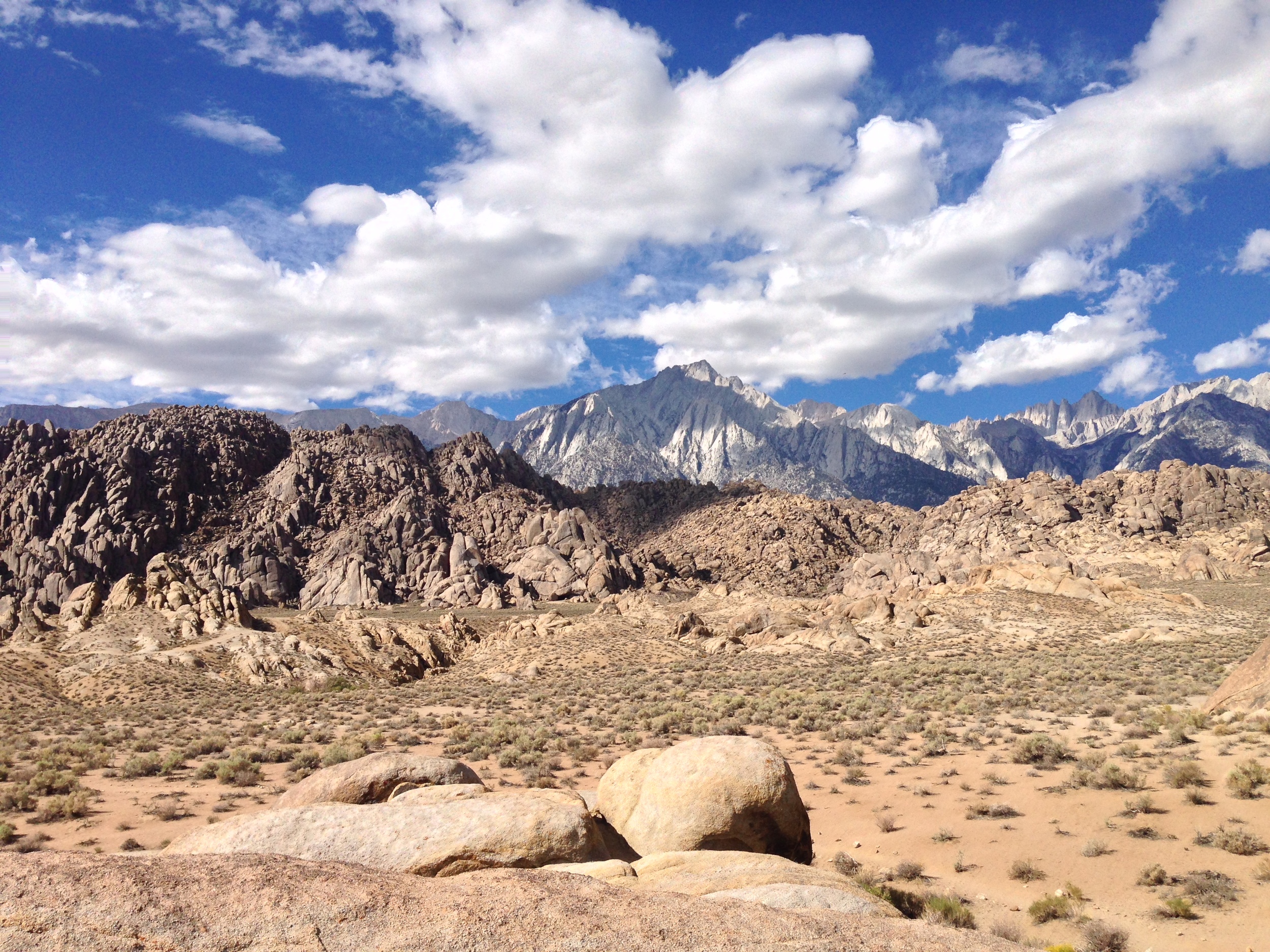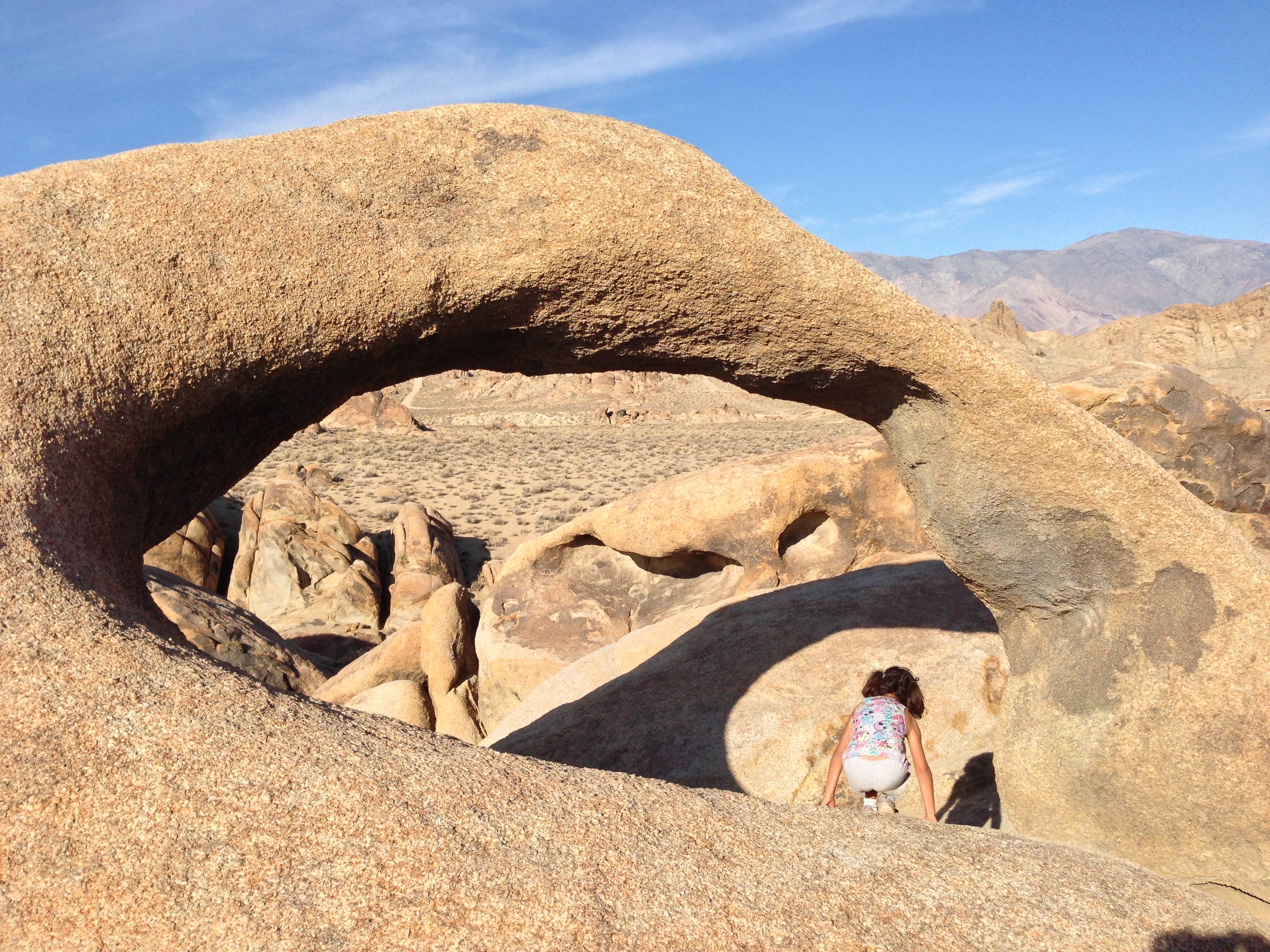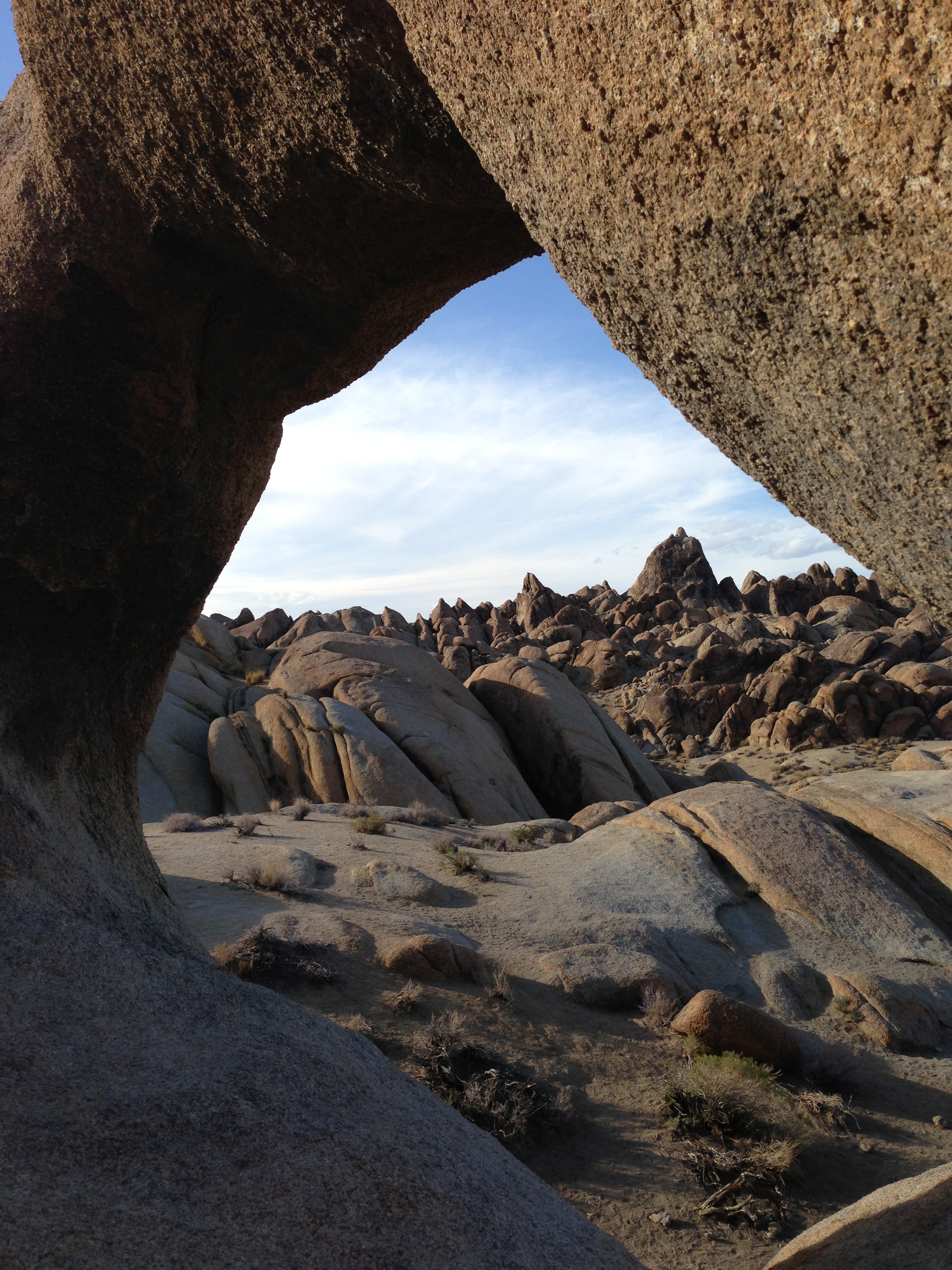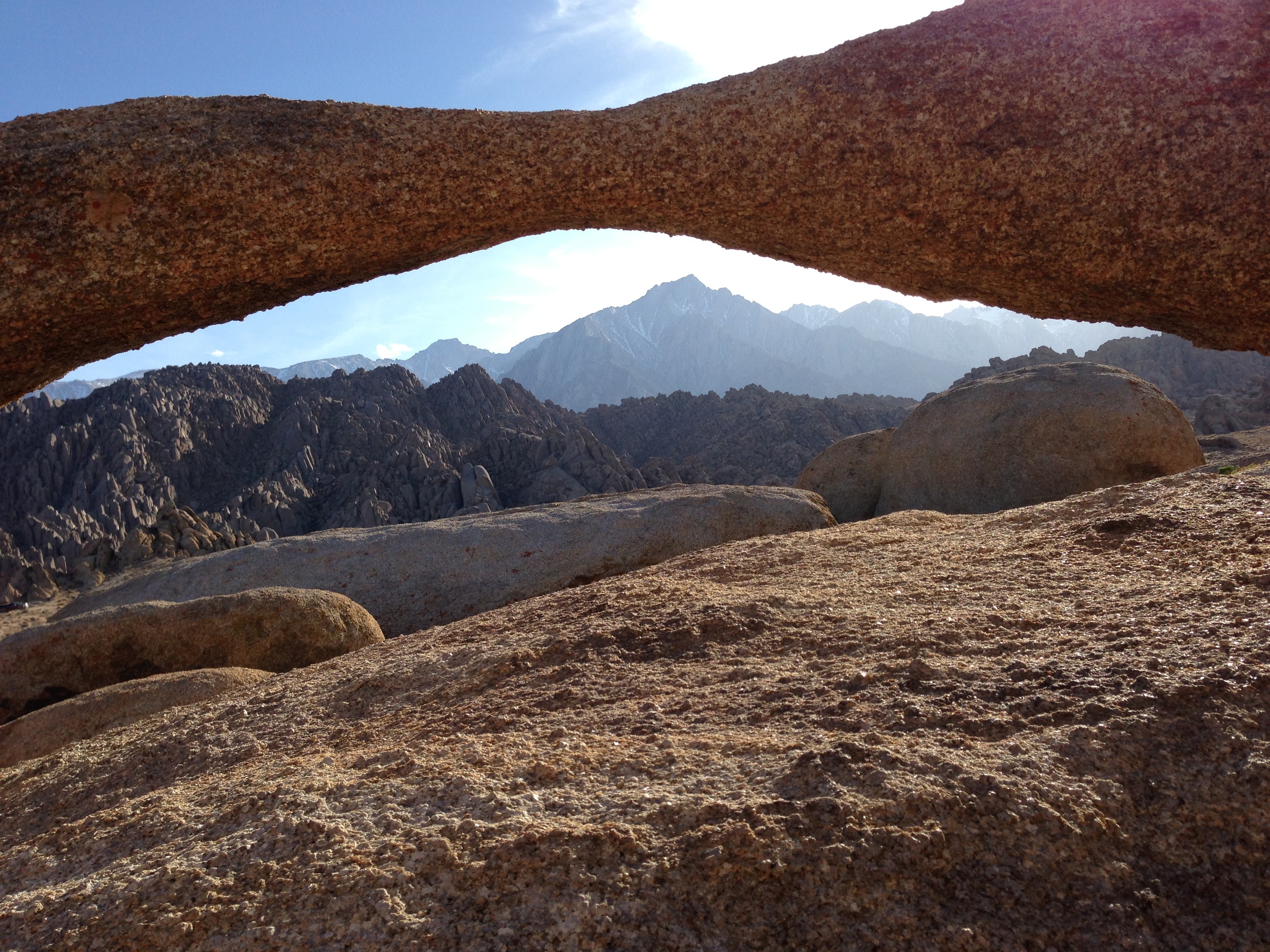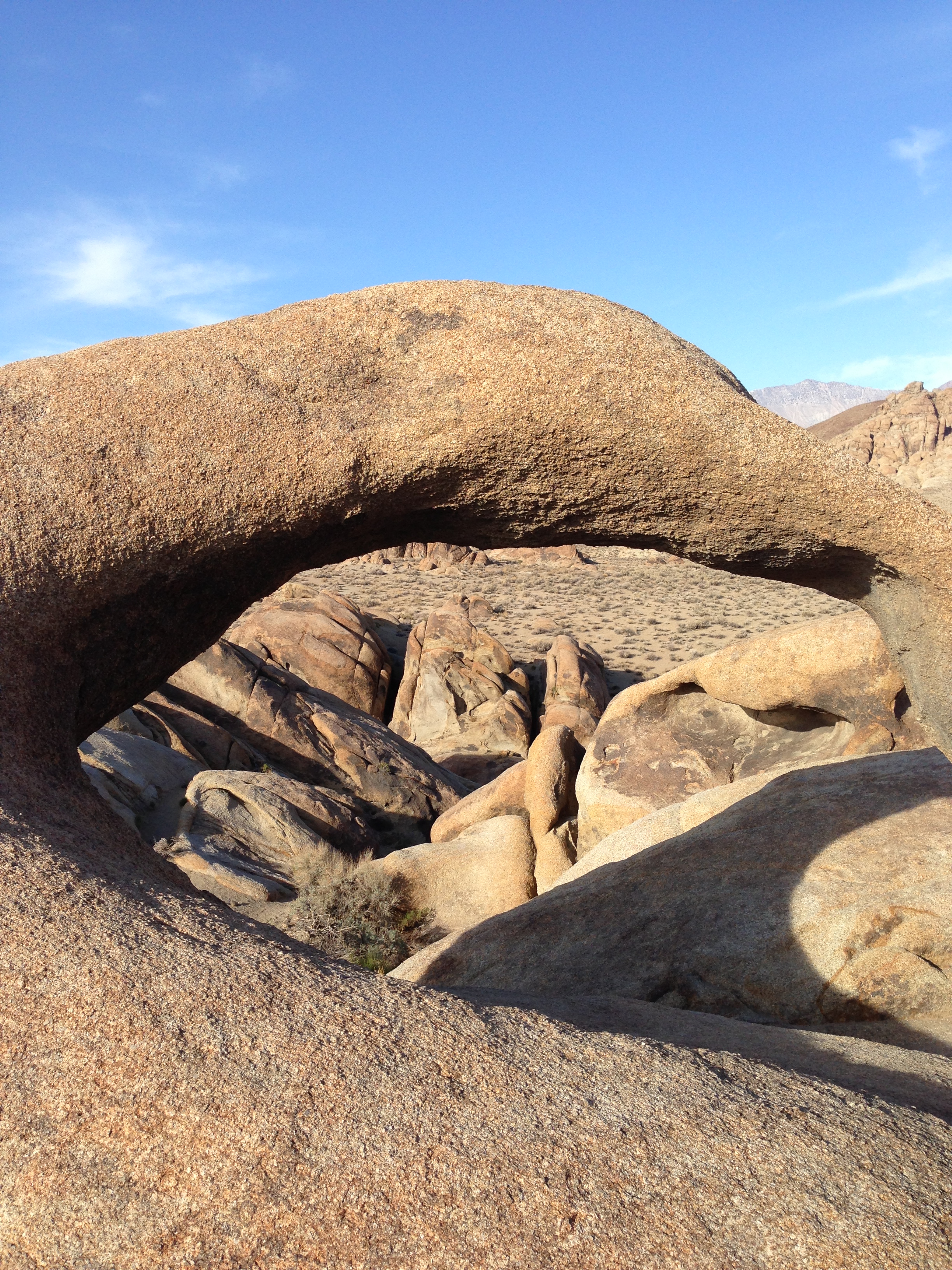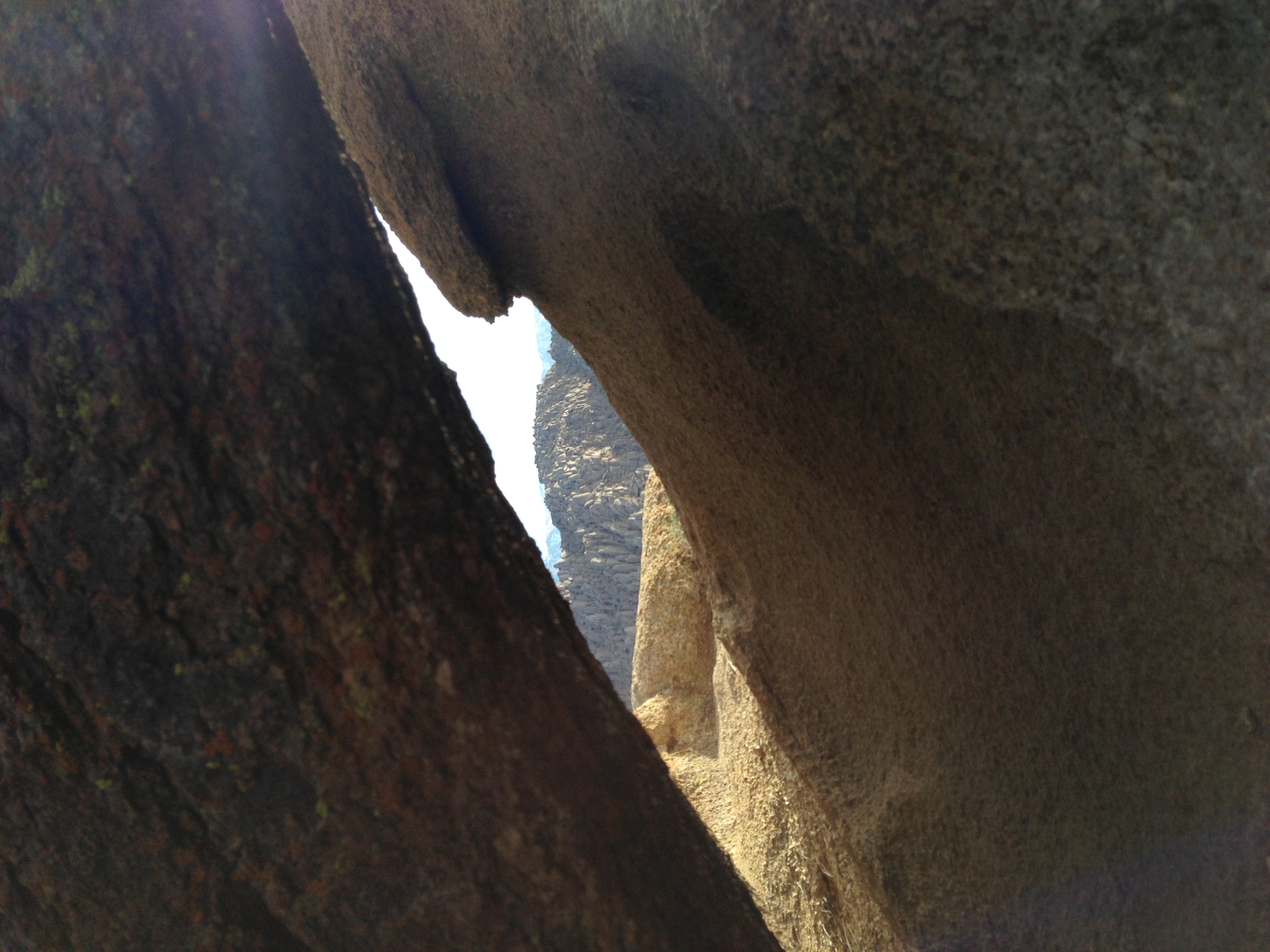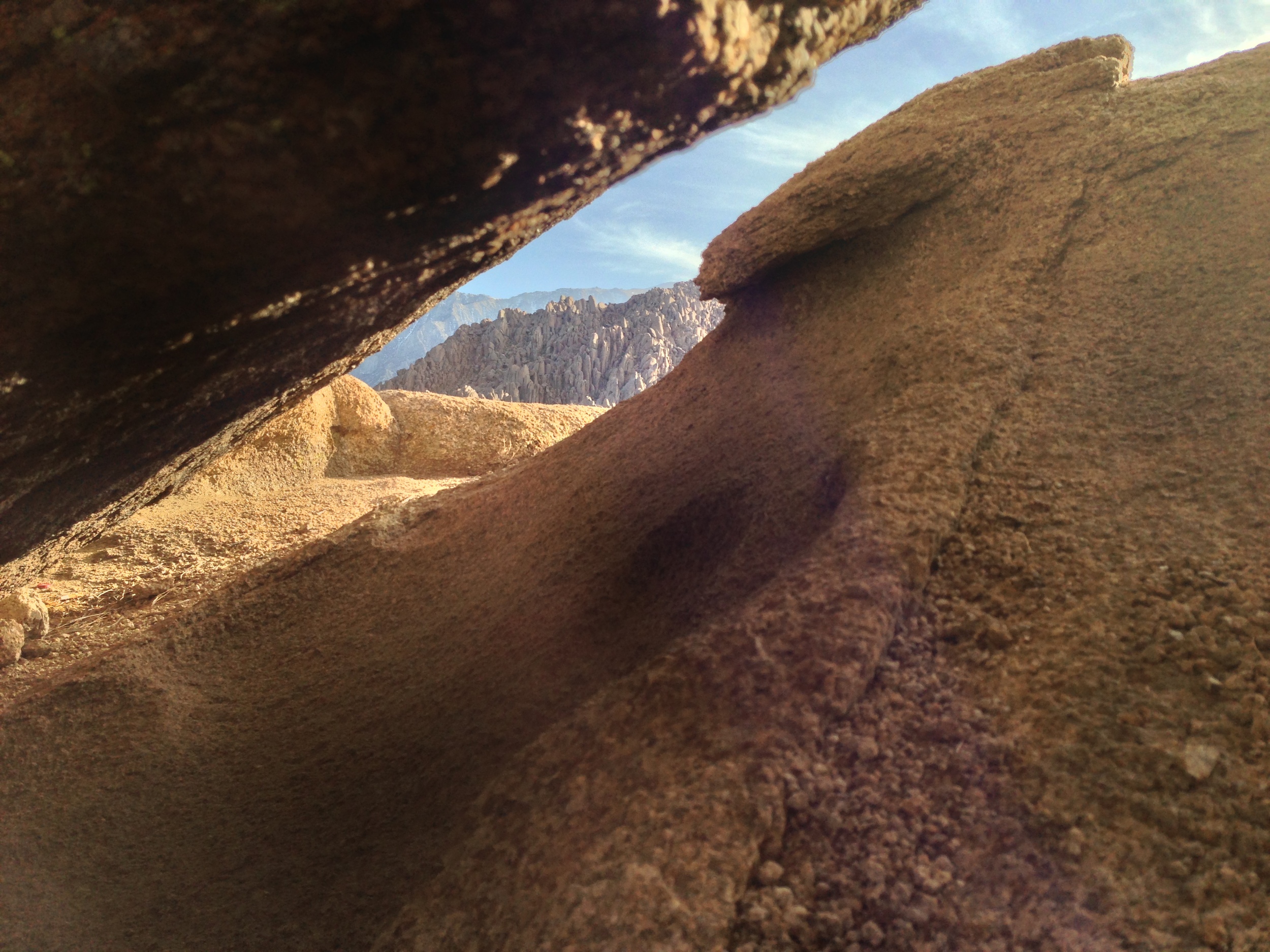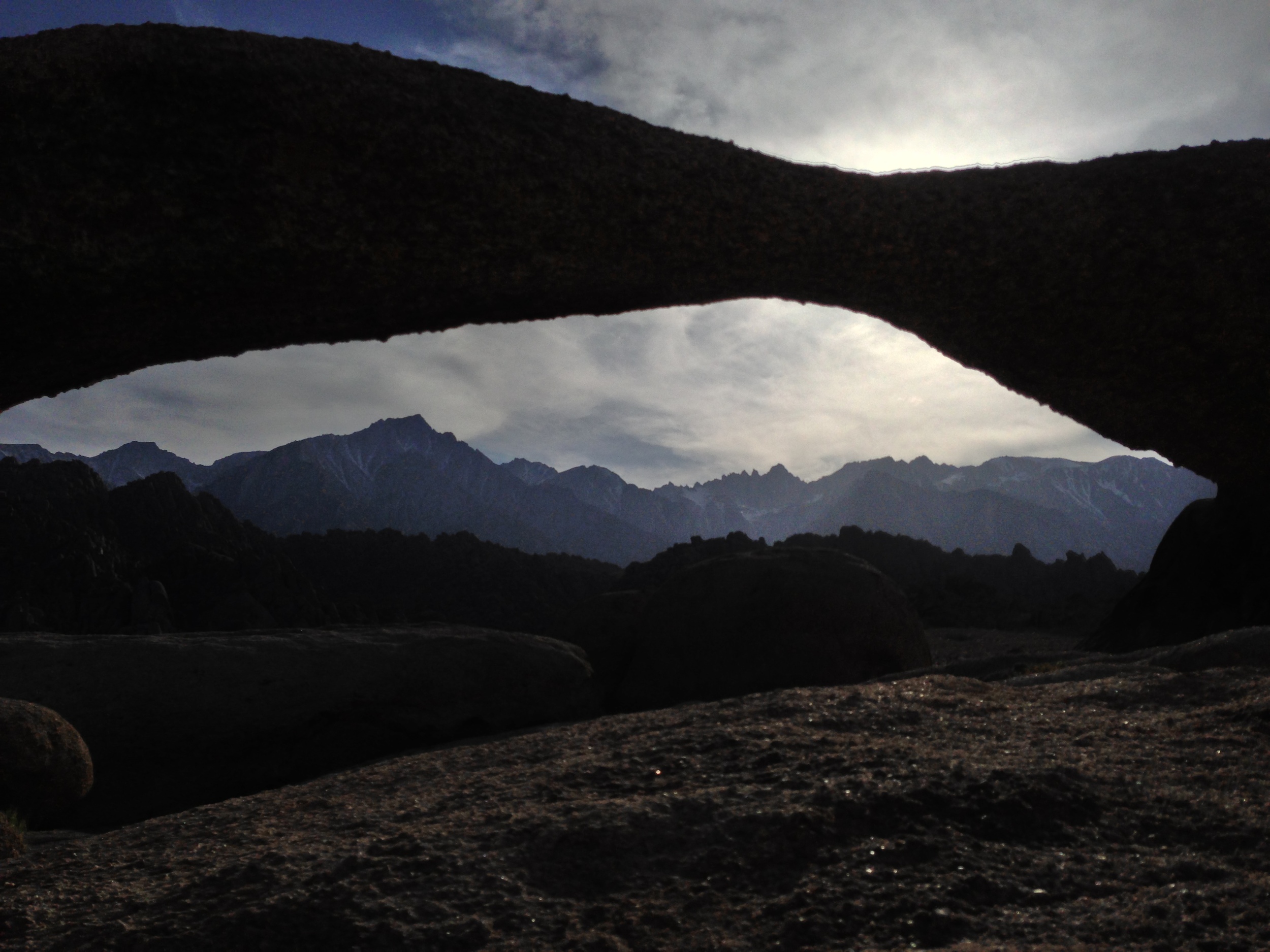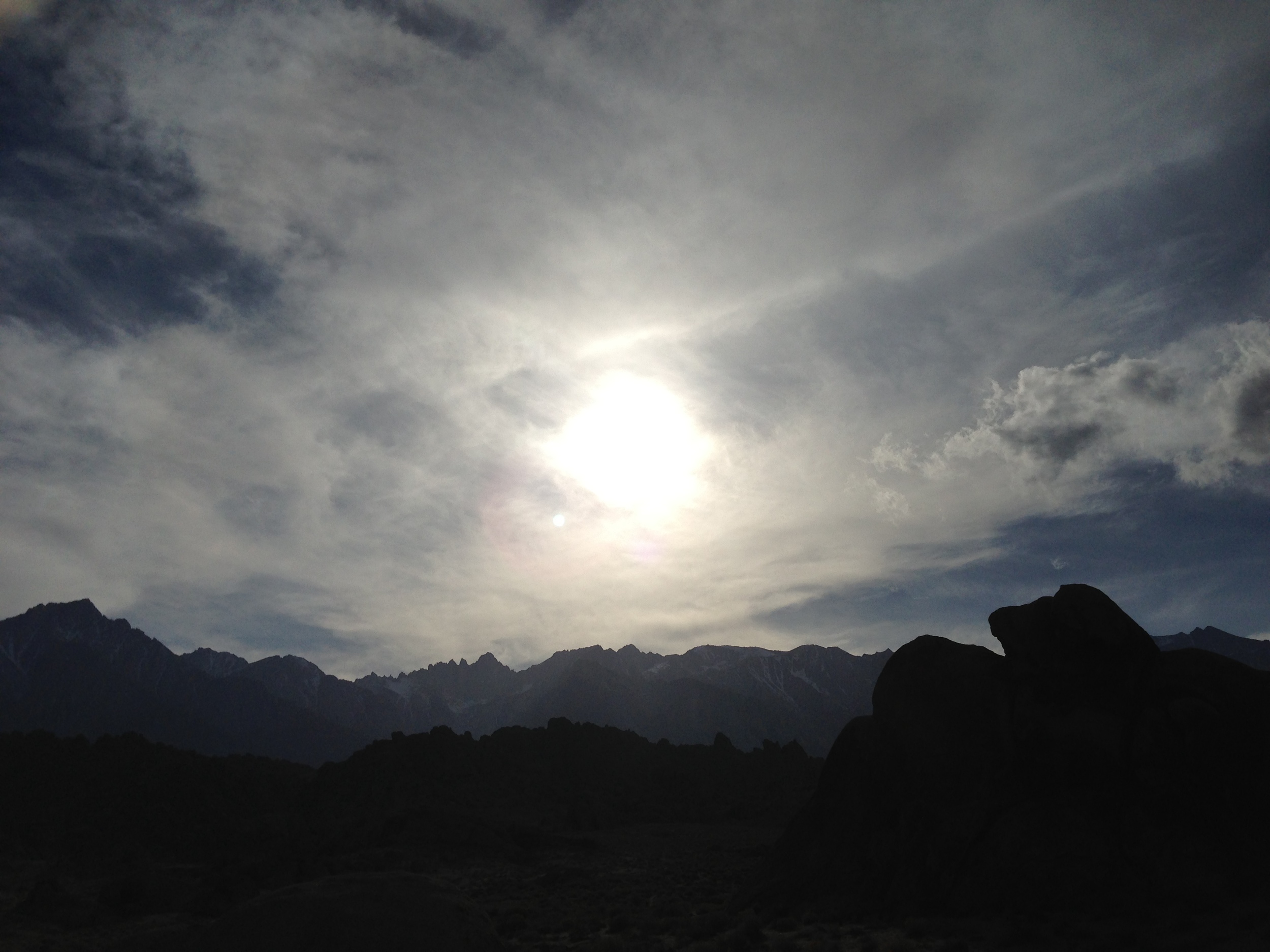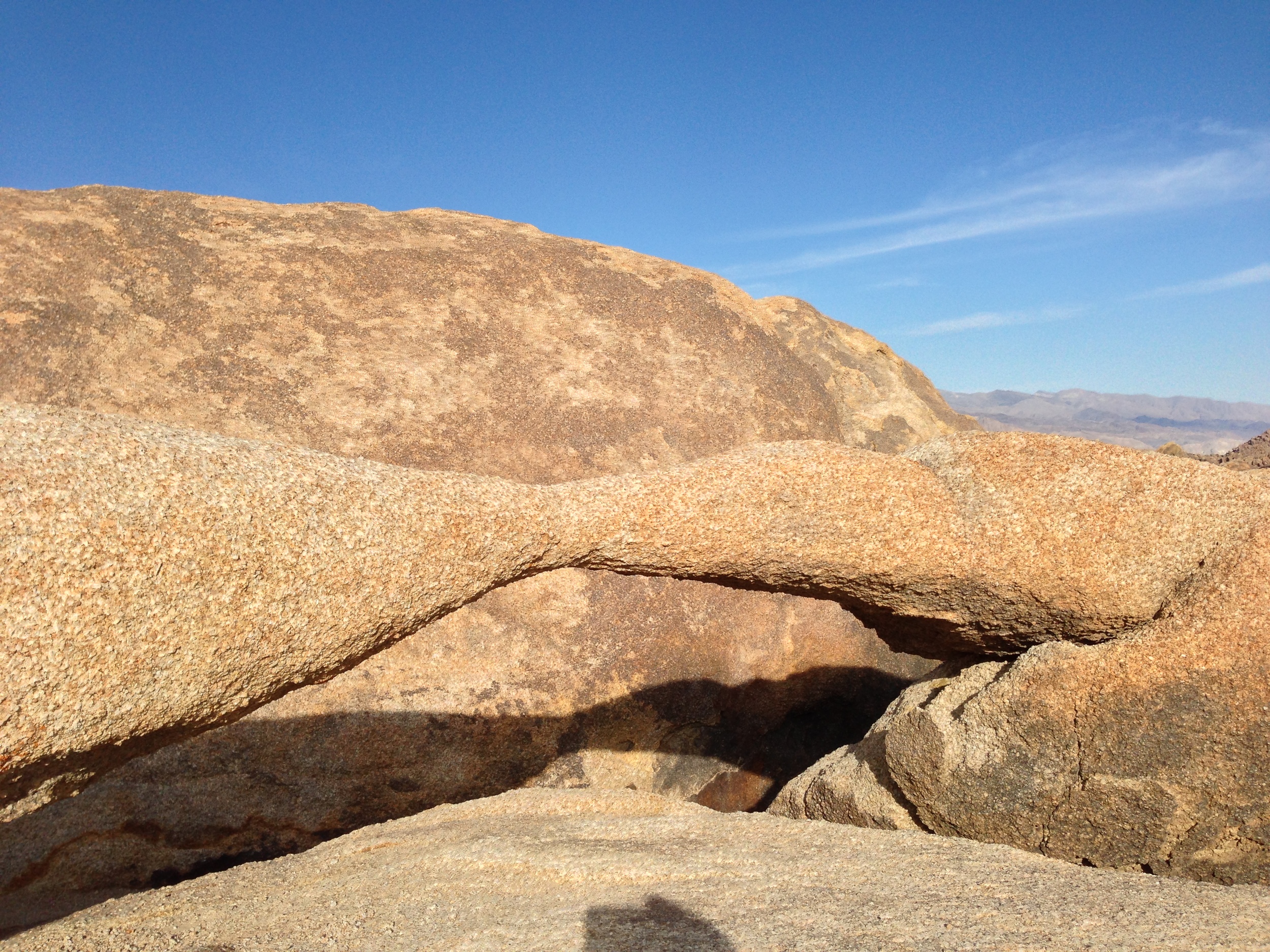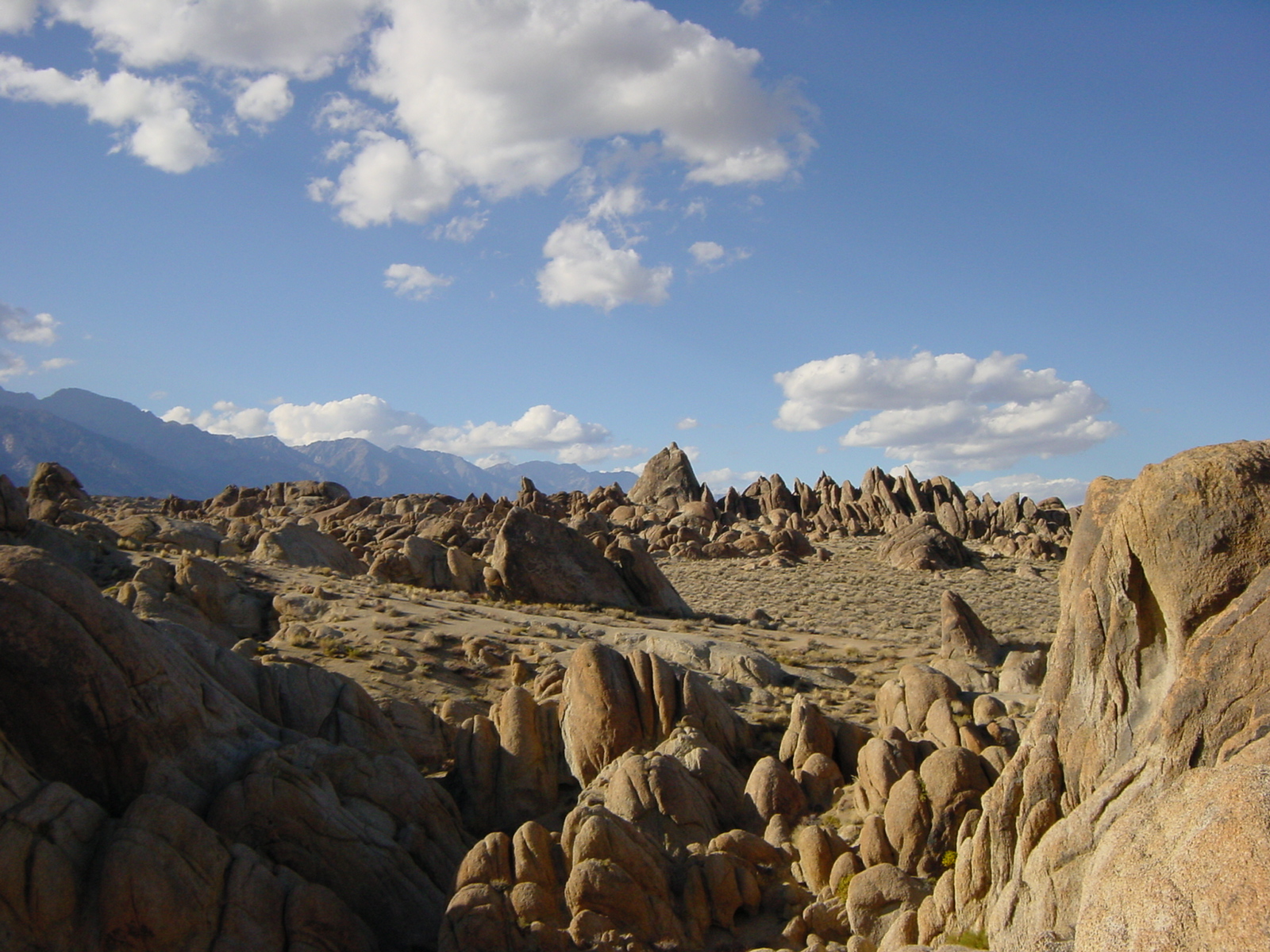When most people think of Death Valley National Park, they don't think of stunning sunrises and sunsets. The truth of the matter is that they should. From Zabriskie Point, to the Mesquite Flat Sand Dunes, and into the mountains like Dante's BM and the summit of Telescope Peak, the park has a number of amazing spots to watch the planet spin. In my opinion, the best - and easiest location to catch the sunrise is Father Crowley Vista. While it does not have the cache of Zabriskie Point, Father Crowley Vista has a great panoramic views of the Panamint Valley below, Rainbow Canyon, and the Panamint Range in the far distance. Moreover, its location - directly off of Highway 190 on the park's far West border ensures that it will not have the crowds that the more popular spots listed above will. The location is named for the Padre of the desert, Father Crowley, and is a great spot to stop at even if you miss the sunrise. Do note that unlike other park locations, this is a spot that is just a vista, and not much for hiking, unless you want to walk from the parking area down the unpaved dirt road of the actual viewpoint; but it is a great spot to start (or finish) your Death Valley adventure.
Boyden Cavern, Sequoia and Kings Canyon National Parks
Long time readers of this blog know that I was raised on a diet of science fiction, historical fiction, fantasy, and adventure as a child. It should therefore come as no surprise that I wanted to live in a cave during part of my childhood. But once I read The Time Machine, I developed an irrational fear of morlocks and the I-want-to-live-in-a-cave-phase was over. Even though I never lived in a cave, I know a spot where people have lived – and died in a cave: Boyden Cavern, in Sequoia /Kings Canyon National Park.
Cottonwood Kilns
The tough thing about exploring is that for every amazing thing you find, like a Jamul Kiln, sometimes you find things that are just there. They're not bad, they're not good, they're just there. Take for example the Cottonwood Kilns. They are part of California's gold rush history, and were constructed in 1873 to provide charcoal for the smelters at the nearby Cerro Gordo Mine.
Hospital Rock
Sometimes, adventures are easy to find – they’re marked in large white letters on big brown signs right next to highways, telling you where to turn to find something unique. Other times, adventure takes a little initiative to find. Take Hospital Rock, for example. It’s located at the southern end of Sequoia National Park. It is well marked, but other than that, not much is publicized about it other than that it’s a picnic area. On the surface, it doesn’t appear to be that interesting of a spot, nor a spot containing adventure – but it is. For starters, let’s address what it is – it’s not just a National Park Service picnic area, but a large quartzite rock that is partially is a “cave” due to its resting location next to other rocks.
Whaley House, San Diego, California
The Whaley House. I’m not sure if there’s anything I can say about this location that hasn’t been said before. (Don’t believe me? Click here, here, here, or here for a sample of these reviews). This destination is regularly listed as one of the Top Five “Must Visit” places in San Diego. If that wasn’t strange enough, the Whaley House has received international notoriety as one of the “most haunted” locations not just in California, not just in the United States and North America, but as one of the most haunted spots in the world. That’s right: in the world! (Don’t believe me? The website for the Whaley House discusses its “haunted nature”, and solicits ghost photos! But for more info, click here, here, or here). If all of that wasn’t enough, the Whaley House has its own B-Grade horror movie! (Don’t worry, for research purposes, I watched it, and…..it was truly bad).
Mystery Castle, Phoenix, Arizona
After taking the tour, what struck me about the place was that it was a location that demonstrated the triumph of man’s will over just about anything. The castle’s creator, Boyce Luther Gulley was diagnosed with tuberculosis in the 1920s, which was basically a death sentence. Rather than give up, he headed down to Arizona with nothing. Using his knowledge of real property law, he acquired the land on which the castle on the cheap – it was near the Phoenix dump at the time. Then, using his architectural and engineering knowledge he proceeded to build the castle on his own with materials he either salvaged from various areas, or acquired cheaply as they had been discarded. The castle is truly an example of being able to construct something from nothing. Even more importantly, the castle is a classic example of the inscrutable nature of man – because Boyce Luther Gulley concealed all of this from his family until his death.
The Alabama Hills
Stop me if you’ve heard this before: in order to save the world/survive the apocalypse, a lone wanderer/group of travelers travels across a rocky wasteland near some tall snow-capped mountains, and along the way, encounters zombies/aliens/cowboys/zombie-alien-cowboys. Sound familiar? Of course it does. It’s the plot from every summer blockbuster you’ve ever seen. You know where they’ve been filmed? I do. The Alabama Hills. Where are the Alabama Hills? Why, they’re at the base of a little-known mountain: Mt. Whitney. They’re also located right next to the town of Lone Pine, California, right off the I-395, and near another geological feature that I just talked about – Fossil Falls.
What are the Alabama Hills? The Alabama Hills are another interesting geological feature in the Eastern Sierra. According to the experts, they are the same age as the Sierra Nevada; and are made up of two types of rock: aged volcanic rock; and weathered granite. (More rock info here). While I can’t get into the geologic particulars of the area, I can tell you that this is a great area to explore in terms of bouldering, hiking, and photography.
The Top Things to Do in the Alabama Hills. Unlike Fossil Falls, I’ve been visiting the Alabama Hills for years, ever since I started climbing Mt. Whitney and its companion peaks. While I haven’t yet explored the entire region, I have been in numerous spots and have never had a bad time. One of the key things to remember about the area is that it is BLM land; so it is almost an open area for exploring, either by vehicle or foot. In my opinion, the best thing to do is to simply head out into the hills to have an unplanned and unmapped adventure, assuming you’re prepared and don’t get lost! If you’re more into the tried and true, the below recommendations are also fun too!
The Mobius Arch
1) The Mobius Arch. On many of my early visits to the Alabama Hills, I explored portions of the area, and found many weathered openings and arches. Years later, I started getting questions about the “Mobius Arch”. At first I assumed it was like the Devils Punchbowl, and that everyone had their own Mobius Arch but after a while it became clear that it was a specific named spot. Again, in my opinion, the hills have many Mobius Arches, but now there is a specific Mobius Arch that has a specific trail and parking area that has been constructed by the BLM. To get to the actual named Mobius Arch, you will want to drive West on Whitney Portal Road from Lone Pine for three (3) miles until you reach Movie Road, which will be on the North (Right). Follow Movie Road for 1.5 miles until you reach a T-Junction. Once you reach the T-Junction, you will see the BLM parking area for the arch; and from the parking area, it is a .5 mile hike to the arch. While this is a stunning feature, keep in mind that it has become perhaps the most popular part of the Alabama Hills. You will see people on this hike; and chances are, you will see a number of photographers at the arch, striving for their own signature shot!
The Mobius Arch
2) The Lathe Arch. This arch is located immediately to the West of the Mobius Arch, although it is much smaller arch than its larger friend. In order to get to it, you’re going to follow the directions listed above for the Mobius Arch. Like the Mobius Arch, the Lathe Arch has some great photography opportunities, and has a great view. However, as I said above, the Alabama Hills do have many of these eroded features, so if you’re looking for an arch, hole, or other angle that has not been photographed by many people, get out there, and find your own. I guarantee there are plenty of spots that have yet to be discovered.
3) The Self Guided Movie Road Tour. Did I mention something about movies at the beginning? Yep, I totally did. While the Alabama Hills always had “Movie Road”, some of the features and their attendant movies and TV shows were a little harder to find. While you could always speak to some of the locals in Lone Pine about where to go, now the BLM has a handy board in the Alabama Hills marking locations, and it also has a handy printout here online of how to proceed and where to go.
4) General Exploration. As I’ve mentioned frequently, the area is fairly open, and there is plenty to do, from looking for old mines, to fishing in certain spots, and just general camping, hiking, bouldering and photography. One word of caution: beware the Lone Pine Devil. Other than that, have a great time!
Interested in what other people think of the Alabama Hills? Check out my friend Paulina's thoughts here!
Lathe Arch
The Alabama Hills - Does the Lone Pine Devil truly live here?








